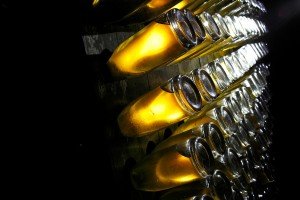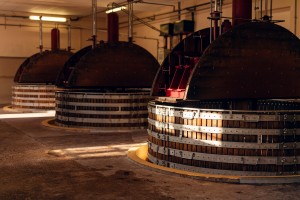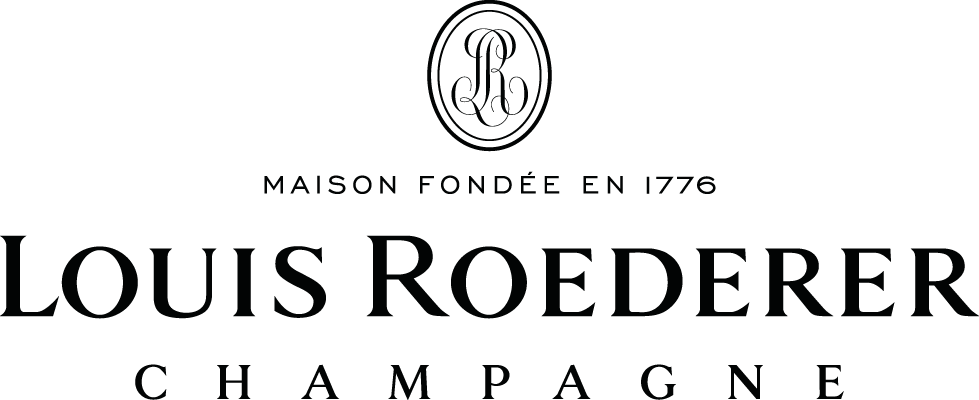Winemaking

Winemaking Style
Every great vintage year, some of the very best wines are set aside to age in large oak casks located in Louis Roederer’s wine cellar. This extensive source of reserve wines, unique in Champagne, ensures consistent quality and complex flavors from year to year. Louis Roederer is the sole Champagne house to have an extensive cellar of 800,000 liters of reserve wines in large 5,000-liter casks. The addition of reserve wine in the blend allows the House to produce essentially non-malolactic wines.
The wines are kept a minimum of 3 years on the lees for the multi-vintage Collection cuvée and up to 10 years for the prestige cuvées. All champagnes are released after a minimum of 6 months on the cork after disgorgement.
Méthode Champenoise
The technique of conducting the second fermentation in the bottle is called the classic or traditional method in Europe; in the US, it is called the champagne method or méthode champenoise.
Champagne has been made in this way for approximately 300 years and, according to French law, can be made in no other way. Many other French sparkling wines are made in the same way, as are the best sparkling wines from Spain and California.
Bottle fermentation (or, more correctly, second fermentation in the bottle) is an elaborate process in which every single bottle becomes an individual fermentation tank. This process requires a minimum of one year and usually takes three years or more. Invariably, sparkling wines made this way are more expensive than those made by tank fermentation.

The Beauty of Blending
The classic method as practiced in Champagne involves several steps that occur before the second fermentation. For example, the pressing to extract the juice for the first fermentation must be conducted with meticulous care to prevent the skins' bitter flavors — and their color, in the case of black grapes — from passing into the juice. Another step crucially important to the quality of the sparkling wine is the production of the base wine for the second fermentation.
Following the first fermentation, the wines of different grape varieties and different vineyards are kept separate. To create the base wine, or cuvée, the winemaker blends these separate wines in varying proportions, often adding some reserve wine (older wine purposely held back from previous vintages).
From 100 to 200 different wines may go into a single base wine, each bringing its own special character to the blend. What's particularly tricky about blending the base wine — besides the sheer volume of components in the blend — is that the winemaker has to see into the future and create a blend not for its flavor today but for how it will taste in several years, after it has been transformed into a sparkling wine. The men and women who blend sparkling wines are the artists of the wine world.
